When it comes to owning a Fitbit, the data it collects can help broaden your perspective on where you are in your fitness journey and how to optimize the rest of the way. Aside from basic things like counting your steps and tracking calories burned, many Fitbit fitness trackers can track much more granular data.
However, tracking your Fitbit data and storing it in the cloud also means someone else could have access to it. On the surface, this doesn't seem to be much of a problem, but there are legitimate reasons you may want to consider deleting that data.
Why You Should Consider Deleting Fitbit Data
In 2022, Google acquired the fitness tracking company, Fitbit, leaving many with questions about what Google ownership means for Fitbit privacy.
While on the surface this spells good news for a few reasons, such as an increased budget for innovation and integration into the Google ecosystem, it does have its drawbacks. Although Google has diversified its list of products and services in many ways, it does create and store rich profiles for many of its customers.
It might not know you or your data personally, but for every new product or service added to its list of integrations, Google has a more detailed picture of who you are and what you tend to spend time and money on. For this reason, the companies under its portfolio become prime targets for data brokers looking to earn from selling your personal information.
In addition, health data is one of the most valuable types of personal data sold on the dark web, so it's fair to worry about Fitbit health data after Google's acquisition. Even though you may not realize it, data collected by your Fitbit can signal many things about your future spending, such as insurance premiums.
On the other hand, you may also just want a clean slate with your Fitbit after taking a long break from fitness activities. After experiencing a major life change, deleting old fitness data can help you to stop comparing yourself to a previous version of yourself at a different point in your fitness journey.
How to Delete Fitness Data on Your Fitbit
If you've made up your mind that you'd prefer to keep fewer data on your Fitbit account, here's how you can delete the existing fitness data by category.
- On your mobile phone, open the Fitbit app.
- In the upper-left corner of the screen, tap your profile photo.
- Under Settings, select Account Settings.
- Tap Delete Data.
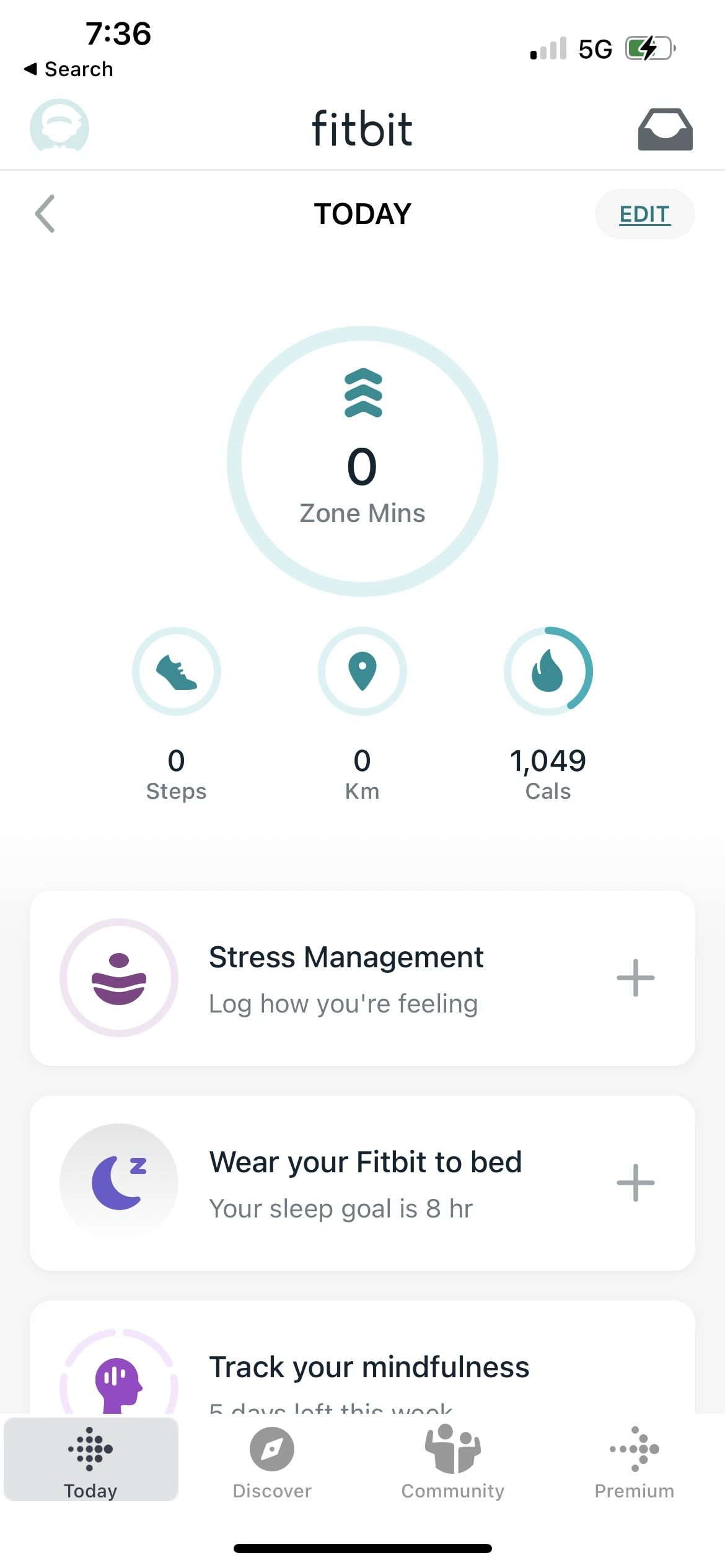
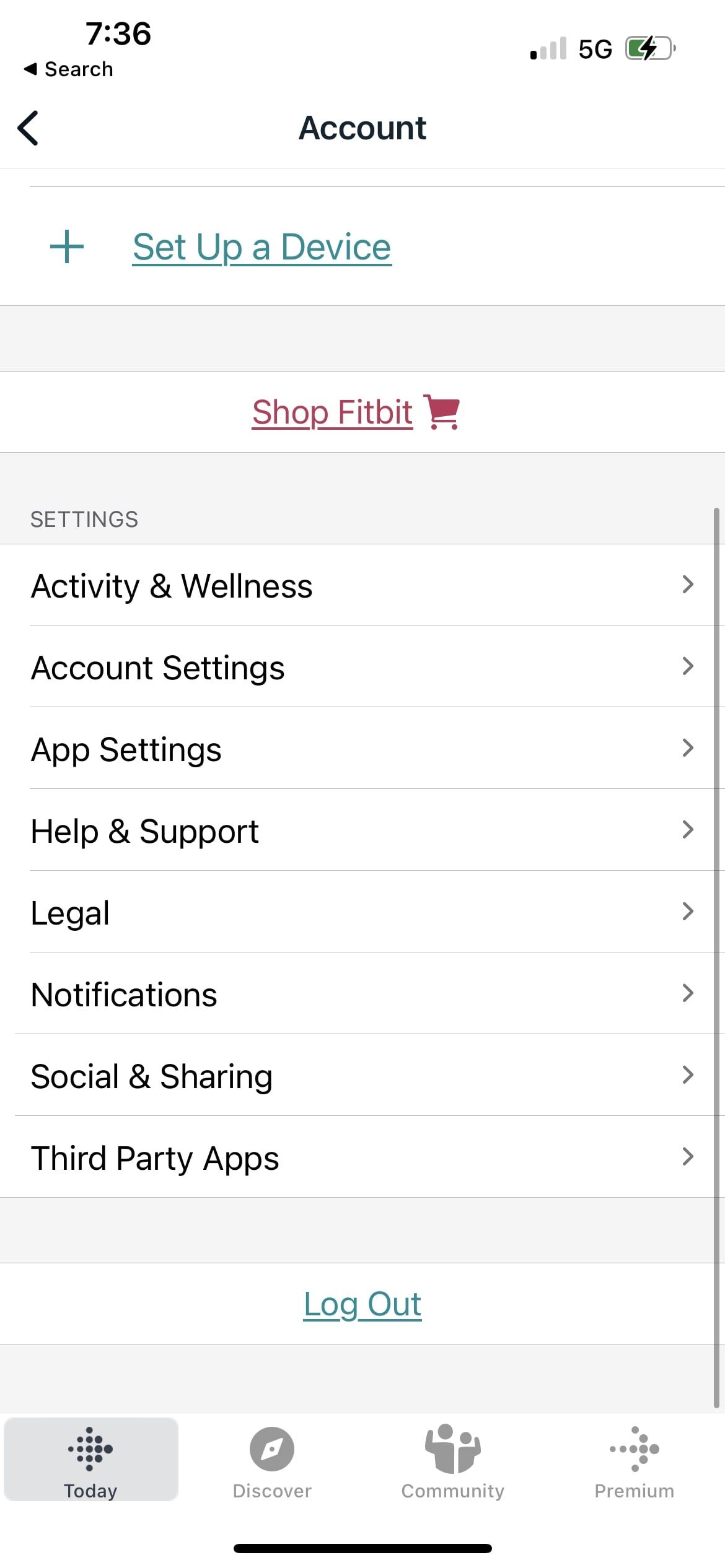
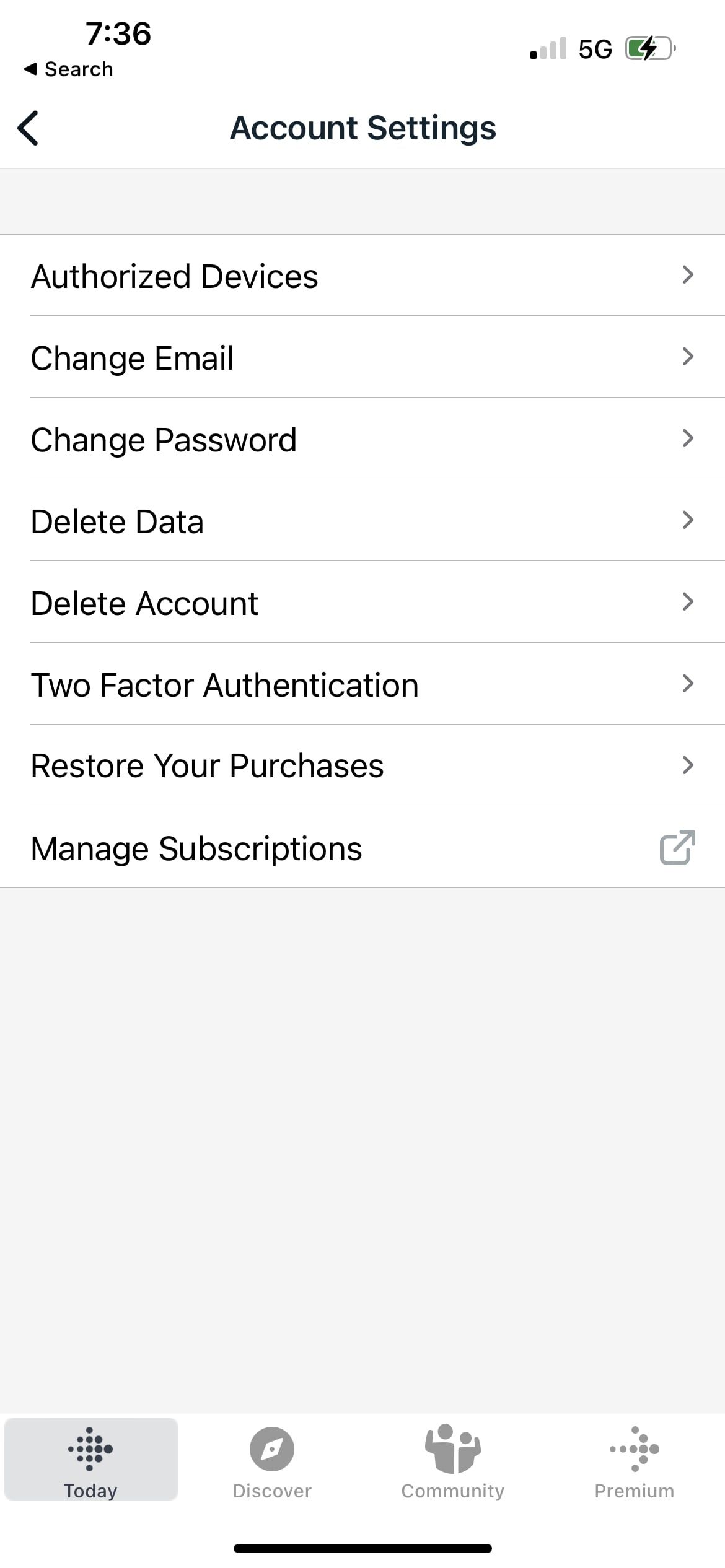
Next:
- Under Data Deletion, select what type of data you want to delete.
- Select the range of the dates you would like to be cleared of your data.
- Then, tap Delete.
- On the pop-up, press Delete again to confirm.
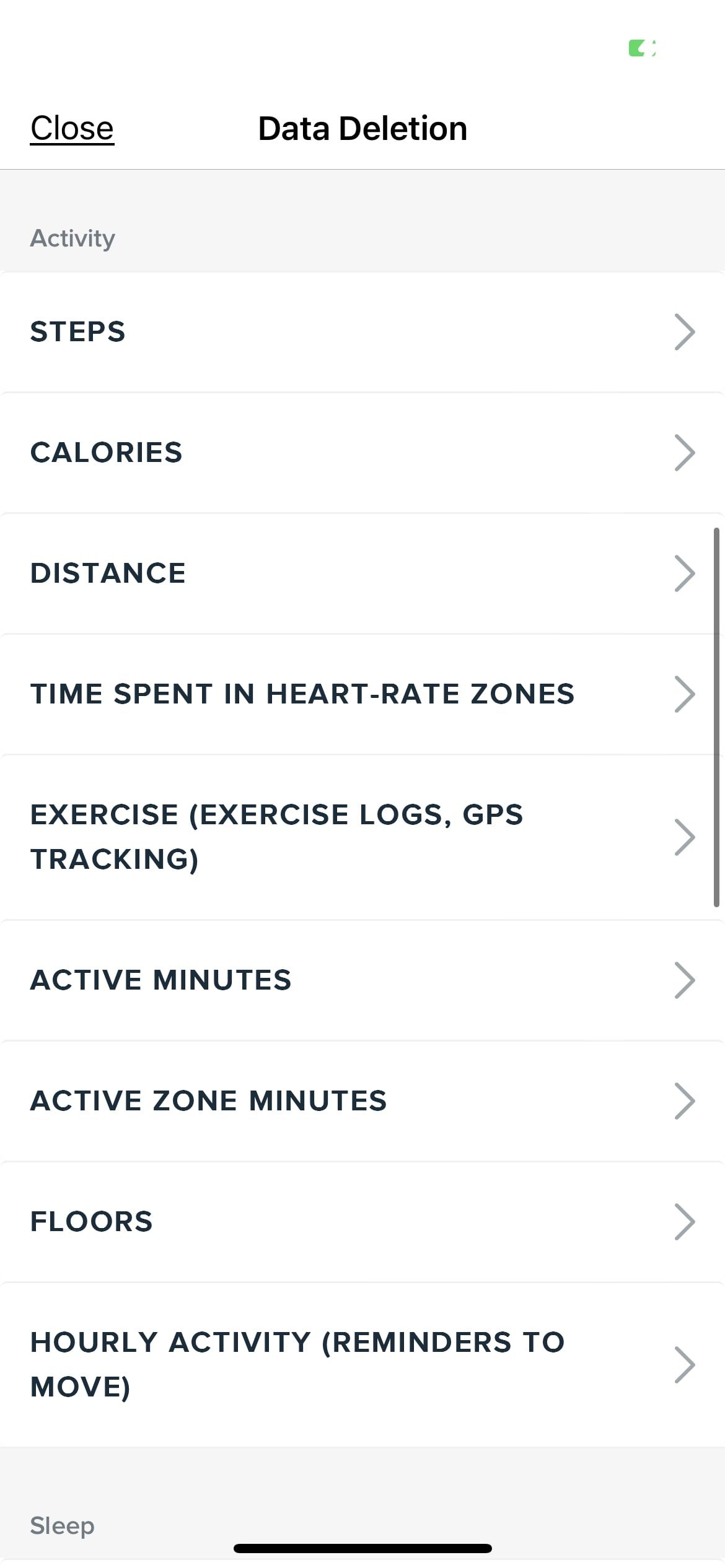
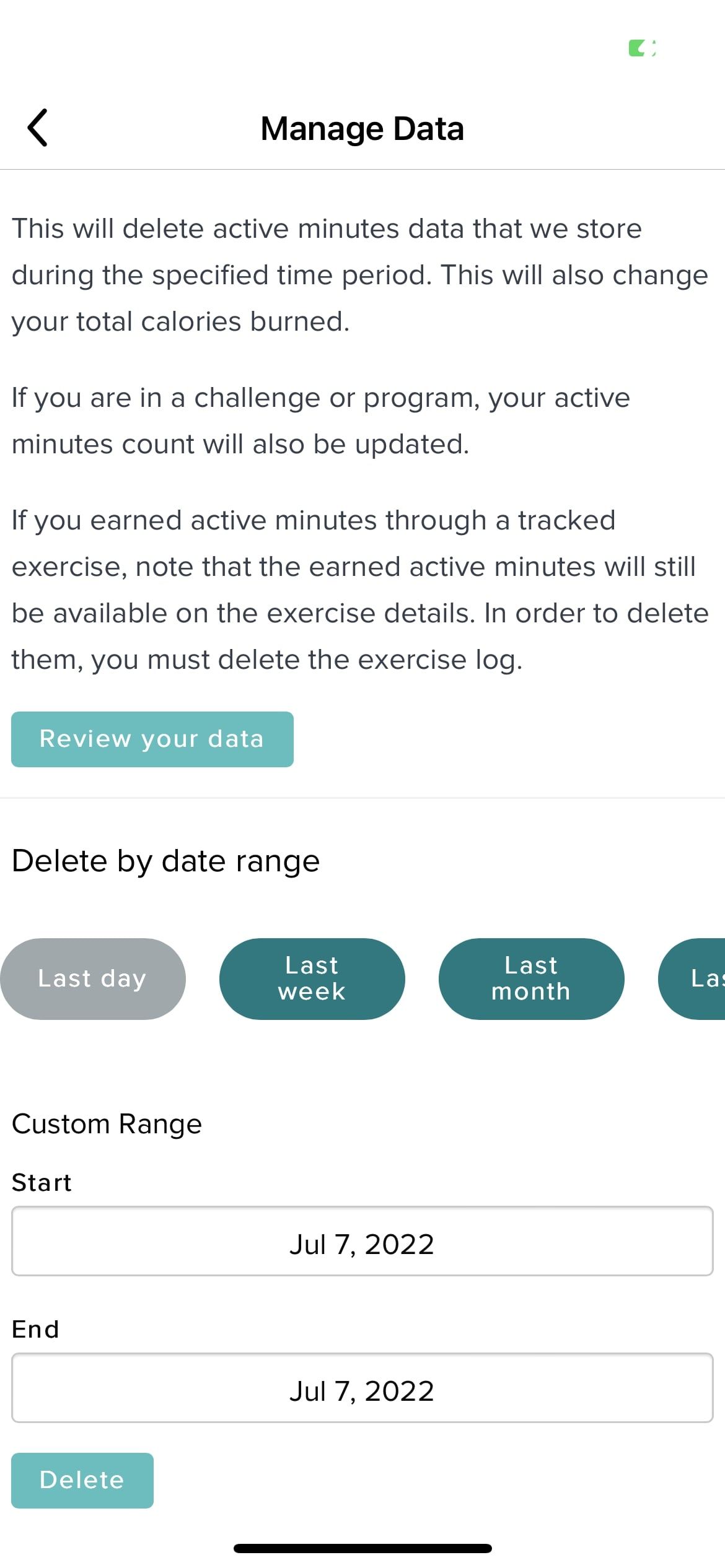
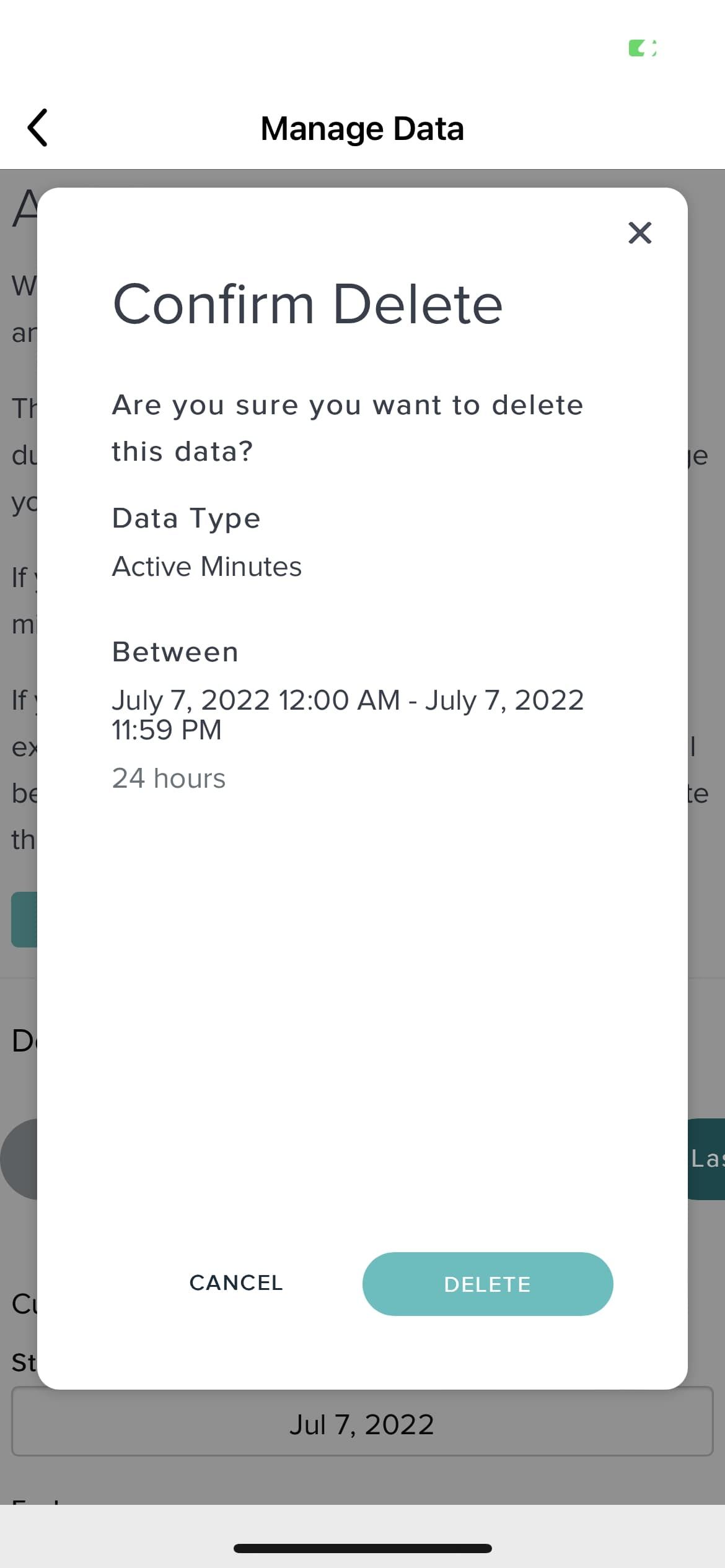
By default, Fitbit offers data ranges such as the last day, last week, last month, or last year. Alternatively, you can manually select the dates using a custom range.
How to Delete Your Fitbit Account Permanently
Should you be looking for a more straightforward option to keep your health data safe, you can permanently delete your Fitbit account. With this, you can start a new account from scratch and be more careful about your data storage.
- On your mobile phone, open the Fitbit app.
- In the upper-left corner of the screen, press your profile photo.
- Under Settings, select Account Settings.
- Tap Delete Account.
- Under your account name and email, press Delete My Account.


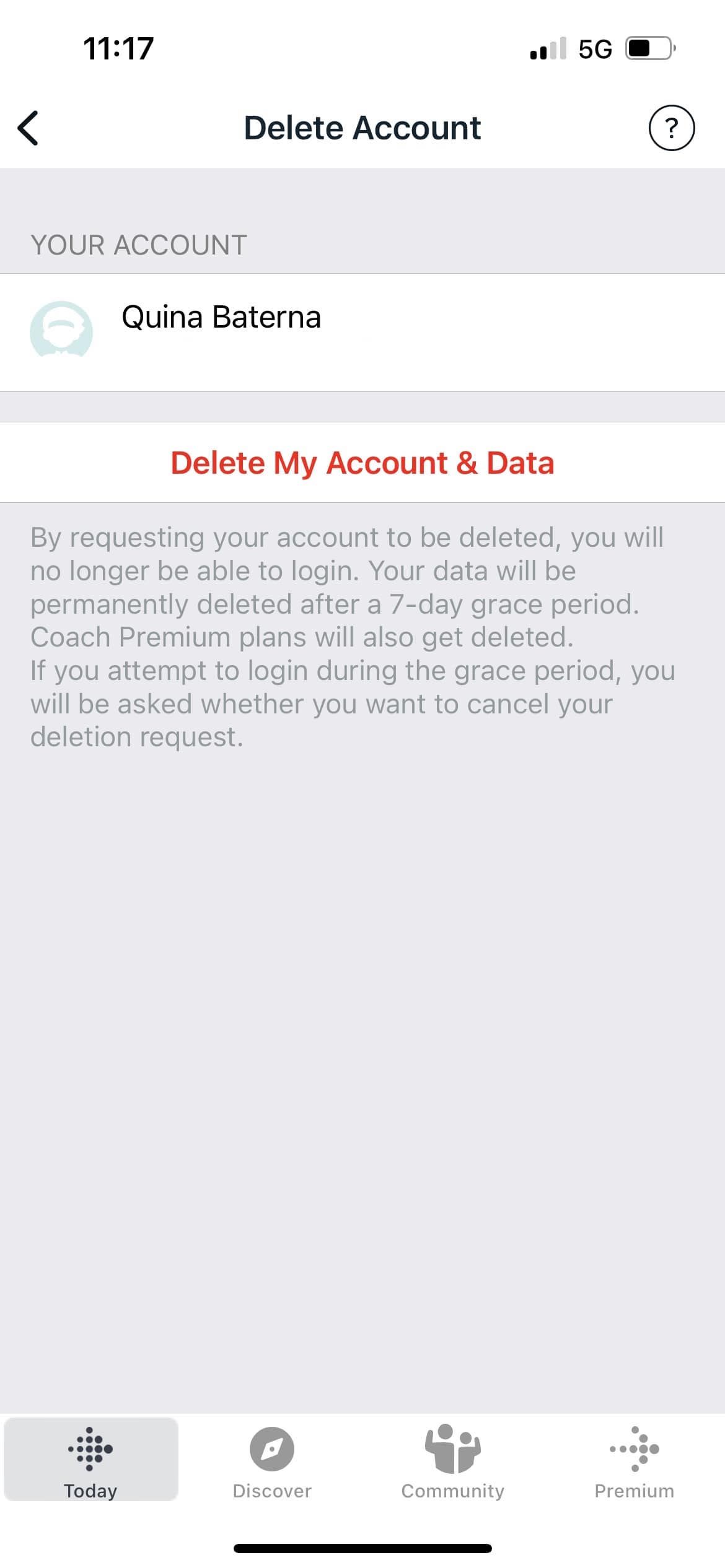
If you suddenly regret deleting your Fitbit account, don't worry. Before it permanently deletes your data, Fitbit has a 7-day grace period. If you log into your account at any point during the grace period, Fitbit will confirm with you if you want to proceed with the account deletion request.
Refresh Your Stored Fitbit Data
Health data is a gold mine for advertisers and data brokers alike. For this reason, it may make sense to take a hard look at your Fitbit data and evaluate how important it is for you.
Alternatively, you may want to consider decentralizing your personal data in general. To achieve this, there are a variety of methods, such as creating multiple email addresses and avoiding single sign-on services.

